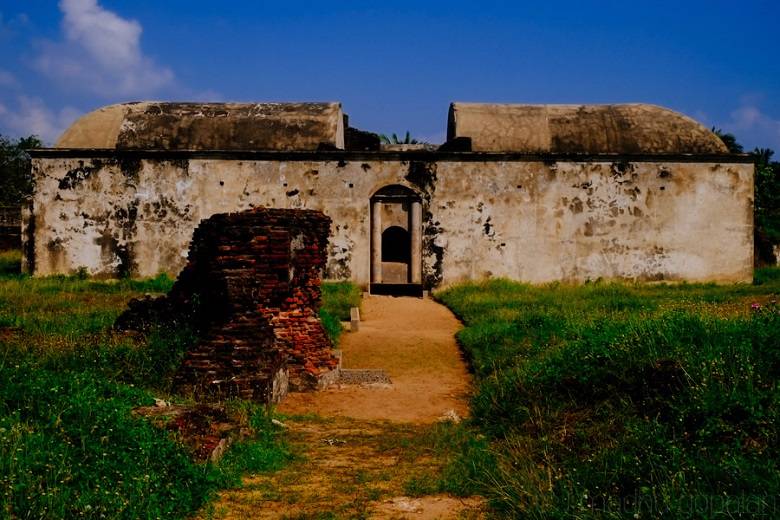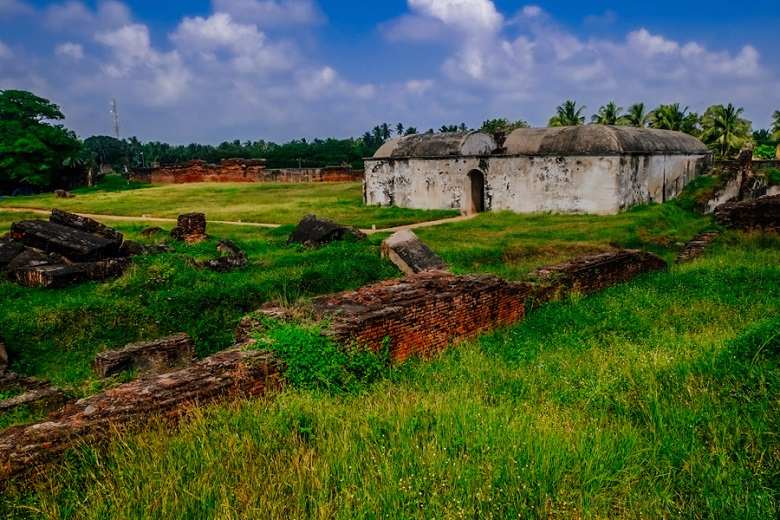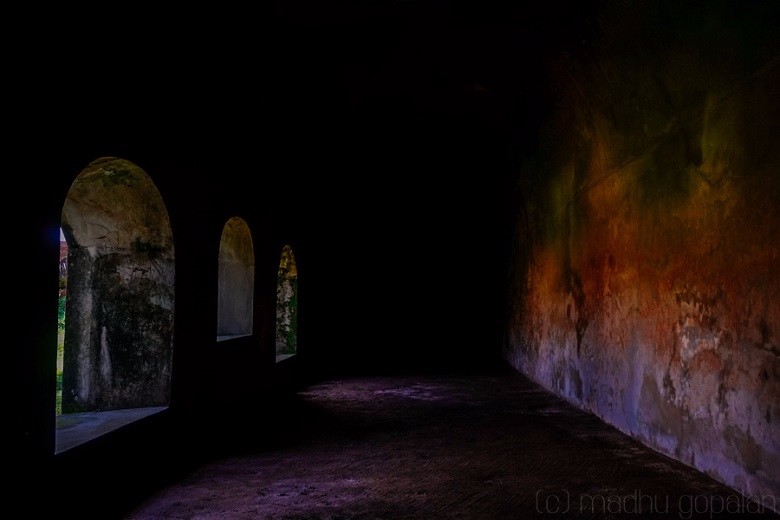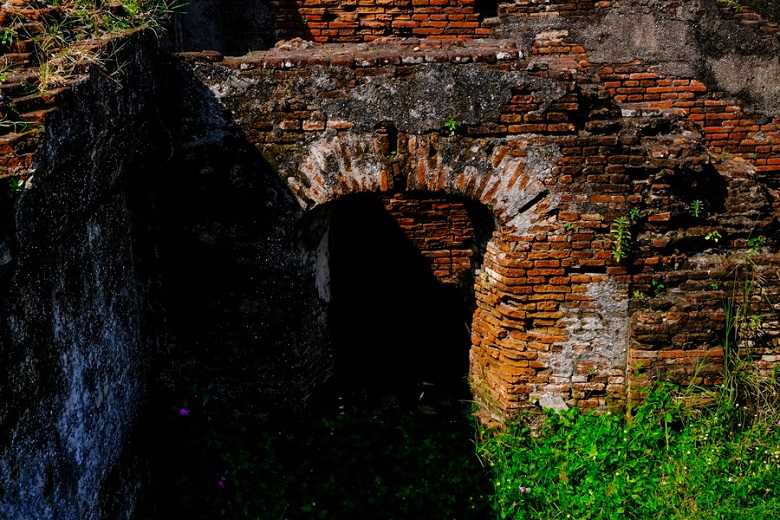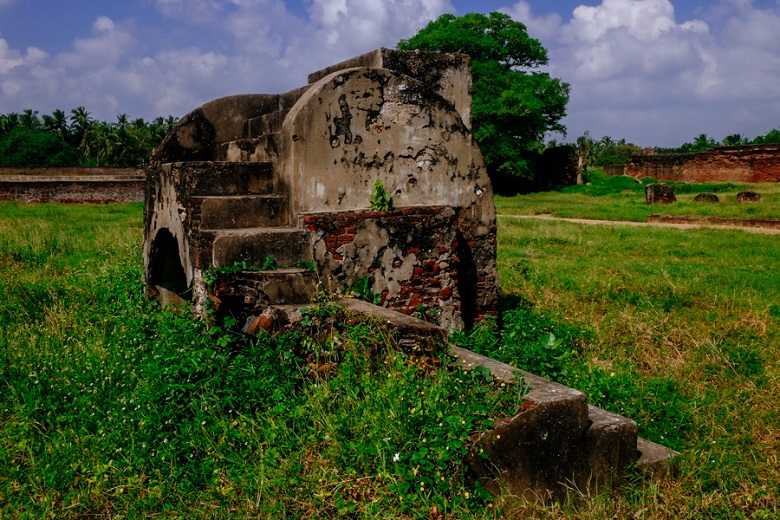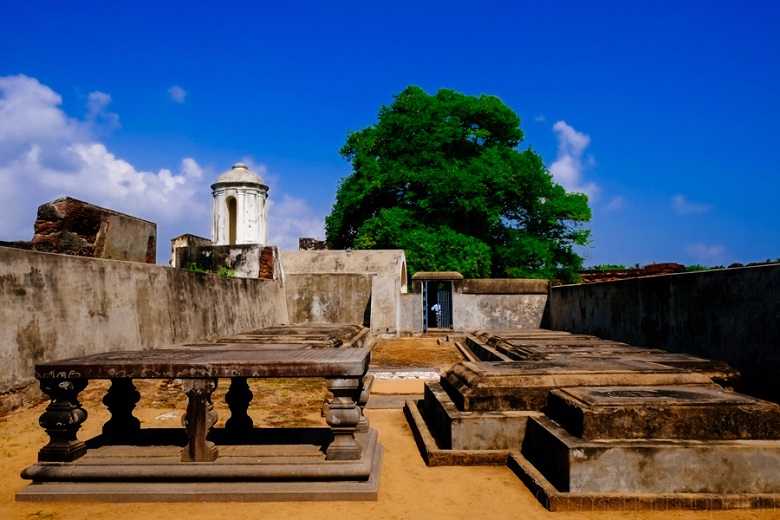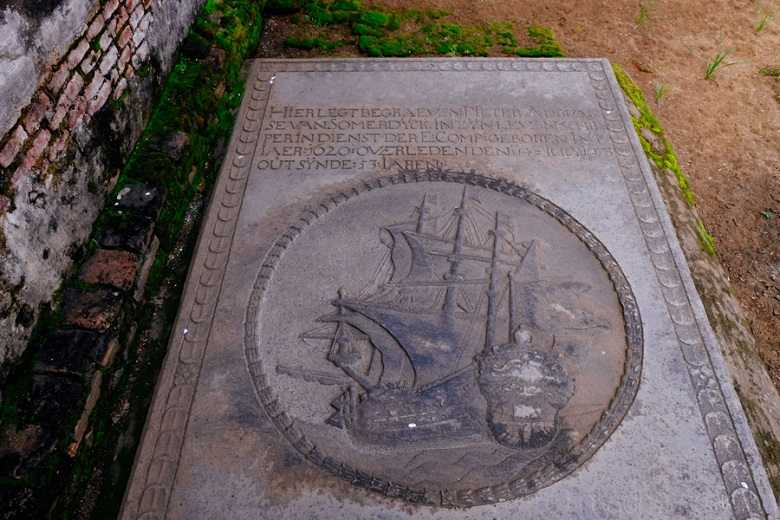The forgotten ruins in this small village remind us of the power that a tiny, faraway country wielded on our coast for over 200 years.
As one drives down the East Coast Road from Chennai, about half an hour past the World Heritage Site of Mahabalipuram, is a village called Sadurangapattinam, anglicized to Sadras. An important Dutch settlement between the 17th and 19th centuries, this nondescript village is home to the ruins of a picturesque seaside brick fortress.
Back in the 16th century, before the Dutch arrived on Indian shores, the Portuguese had pretty much monopolized maritime routes between Asia and Europe. This wasn’t a problem as long as the Dutch could use Portuguese seaports to conduct their trade. However, this became unviable in the late 16th century, as Portugal was taken over by the king of Spain, with whom the Dutch were at war.
Since the Dutch now had to find another way, merchants in the tiny country started setting up companies to send fleets of ships to South East Asia.
In the year 1602, a national resolution merged all of these players into one Dutch East India Company. The company was empowered to do business, build ports, factories and fortresses, negotiate deals, and even wage wars if required.
Over the next two centuries, the Dutch East India Company established settlements in different ports on the Coromandel coast of southern India.
The first foothold that they gained was in Machilipatnam in present day Andhra Pradesh, where they built their first factory. Over the following decades, they set up shop in various coastal towns, including three important centres in Tamil Nadu – Pulicat, straddling the state’s border with Andhra Pradesh, which served as their capital for a long time, Nagapattinam their later capital, and Sadras, about 80km south of Chennai.
Sadras lies adjacent to the Kalpakkam township. Dating back to the mid 17th century, the fortress is built on a rectangular plan, and is entered through a gateway on the west, with a watchtower above it. A canon stands on each side of the entrance. The eastern wall overlooks the sea, and has a bastion on top, to protect the fort against attacks from the sea. Most of the fortress is gone, leaving a few structures like a granary, stables and a Dutch cemetery.
The cemetery contains beautiful tombs with ornate inscriptions dating back to the 17th century.
It is usually kept under lock and key, but visitors can request the caretaker to open it for them. An antechamber stands behind the graves, with sunlight streaming in through a caved-in roof.
Back in the day, the Sadras fort was referred to as Fort Orange, because orange is the colour of Dutch royalty. The settlement was famous for the extremely fine muslin that was spun in its looms. Other items traded from the port included pearls, spices, rice, bricks and beautiful printed textiles called chintz.
The control that the Dutch East India Company had over the Coromandel Coast, gave them monopoly over trade routes to the East Indies, essentially the Malay Archipelago in Southeast Asia.
However, their supremacy didn’t last very long.
As the British rapidly grew stronger and the Dutch company began to decline due to various reasons like wars, competition, bad financial policies, increasing costs, decreasing demands, etc, it became unaffordable for them to hold on to their settlements in India. The British attacked and captured the Sadras fortress in the late 18th century, destroying it in the process.
In a few decades it went back into the hands of the Dutch, but in the 19th century, they signed a treaty with the British and ceded all of their Indian settlements to them.
Today, not much remains of Sadurangapattinam’s Dutch legacy, but the forgotten ruins in this small village remind us of the power that a tiny, faraway country wielded on our coast for over 200 years.
All photographs by Madhumita Gopalan
(Madhumita Gopalan is a photographer, blogger and history enthusiast who loves photo-documenting travel, culture and architecture. She blogs at www.madhugopalan.com.)
source: http://www.thenewsminute.com / The News Minute / Home / by Madhumita Gopalan / Saturday – April 30th, 2016
